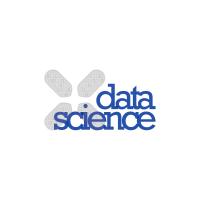Tag recommendations in social bookmarking systems
AI Communications, 21 (4):
231--247 (January 2008)DOI: 10.3233/AIC-2008-0438
Abstract
Collaborative tagging systems allow users to assign keywords – so called “tags” – to resources. Tags are used for navigation, finding resources and serendipitous browsing and thus provide an immediate benefit for users. These systems usually include tag recommendation mechanisms easing the process of finding good tags for a resource, but also consolidating the tag vocabulary across users. In practice, however, only very basic recommendation strategies are applied. In this paper we evaluate and compare several recommendation algorithms on large-scale real life datasets: an adaptation of user-based collaborative filtering, a graph-based recommender built on top of the FolkRank algorithm, and simple methods based on counting tag occurrences. We show that both FolkRank and collaborative filtering provide better results than non-personalized baseline methods. Moreover, since methods based on counting tag occurrences are computationally cheap, and thus usually preferable for real time scenarios, we discuss simple approaches for improving the performance of such methods. We show, how a simple recommender based on counting tags from users and resources can perform almost as good as the best recommender.
Description
Tag recommendations in social bookmarking systems - AI Communications - Volume 21, Number 4 / 2008 - IOS Press
Links and resources
Tags
community
@seboettg's tags highlighted




















